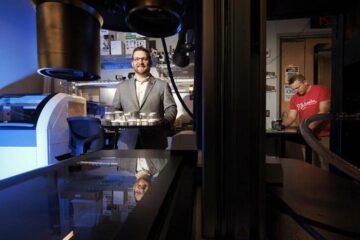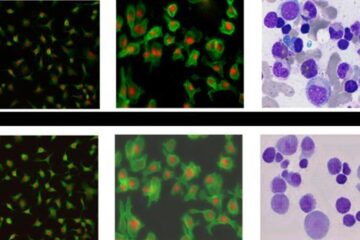GI concept tested in children: Low-GI breakfast reduces children’s appetite for the rest of the day

A new long term study, led by Professor Henry at Oxford Brookes University, UK, has shown that children eat approximately 60 kcal less during the day following a low-GI breakfast, than after a high-GI breakfast, equivalent to reducing calorie intake by 1800 kcal over a month. This provides encouraging evidence that a low-GI start to the day may be a good option to keep obesity at bay in the young.
Thirty-eight children aged between 8–11 years (11 boys, 27 girls), were randomly divided into two groups and ate either a low-GI breakfast or a high-GI breakfast (carefully matched for calories, fat, protein, carbohydrate and dietary fibre content) on two non-consecutive weekdays over 10 weeks. The children’s food intake was monitored on the study days and on two other days each week, one of which was a weekend. The groups then swapped over for a further 10 weeks.
Sharing their findings in the September edition of the British Journal of Nutrition, the researchers noted that on average, the children ate 61 kcal less over the days when they were given a low-GI breakfast, compared with the days when they received a high-GI breakfast. Although this difference could have happened by chance, if confirmed, it would amount to a useful contribution to weight control. Interestingly, during the ten week period when the children were receiving the low GI breakfasts two days per week, they also ate less on the other days, when they were choosing their own breakfast. Professor Henry of Oxford Brookes University said: ‘Most long-term studies examining the effects of GI on food intake have been conducted in adults; this is the first to investigate its effects in children.’ He added: ‘although a difference of 61 kcal per day may not in itself seem significant, it represents a reduction of 1830kcal over a month. The difference in energy intake suggests that the children felt fuller for longer after consuming a low-GI breakfast’.
This study was unique in carefully matching the foods given for the high and low GI breakfasts to ensure that differences in protein, fat, carbohydrate and, especially dietary fibre, did not obscure the effects of the differences in GI. The results are consistent with other studies but the effects seen were smaller, probably because dietary fibre intake was more closely matched. Nonetheless, the results give further weight to the suggestion that a low GI diet may be a useful strategy to reduce the risk of overweight and obesity in children.
Media Contact
All latest news from the category: Health and Medicine
This subject area encompasses research and studies in the field of human medicine.
Among the wide-ranging list of topics covered here are anesthesiology, anatomy, surgery, human genetics, hygiene and environmental medicine, internal medicine, neurology, pharmacology, physiology, urology and dental medicine.
Newest articles

Bringing bio-inspired robots to life
Nebraska researcher Eric Markvicka gets NSF CAREER Award to pursue manufacture of novel materials for soft robotics and stretchable electronics. Engineers are increasingly eager to develop robots that mimic the…

Bella moths use poison to attract mates
Scientists are closer to finding out how. Pyrrolizidine alkaloids are as bitter and toxic as they are hard to pronounce. They’re produced by several different types of plants and are…

AI tool creates ‘synthetic’ images of cells
…for enhanced microscopy analysis. Observing individual cells through microscopes can reveal a range of important cell biological phenomena that frequently play a role in human diseases, but the process of…





















